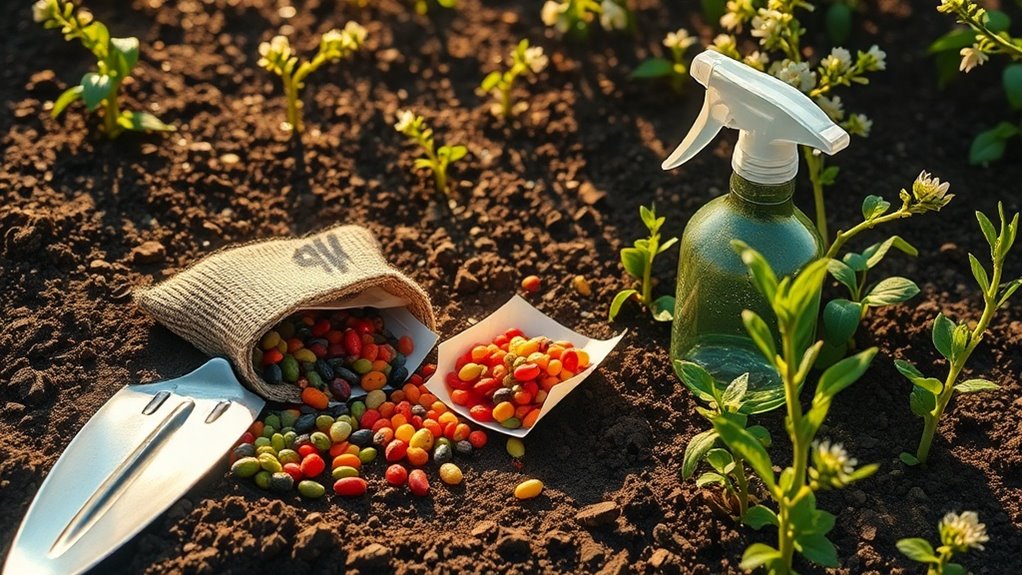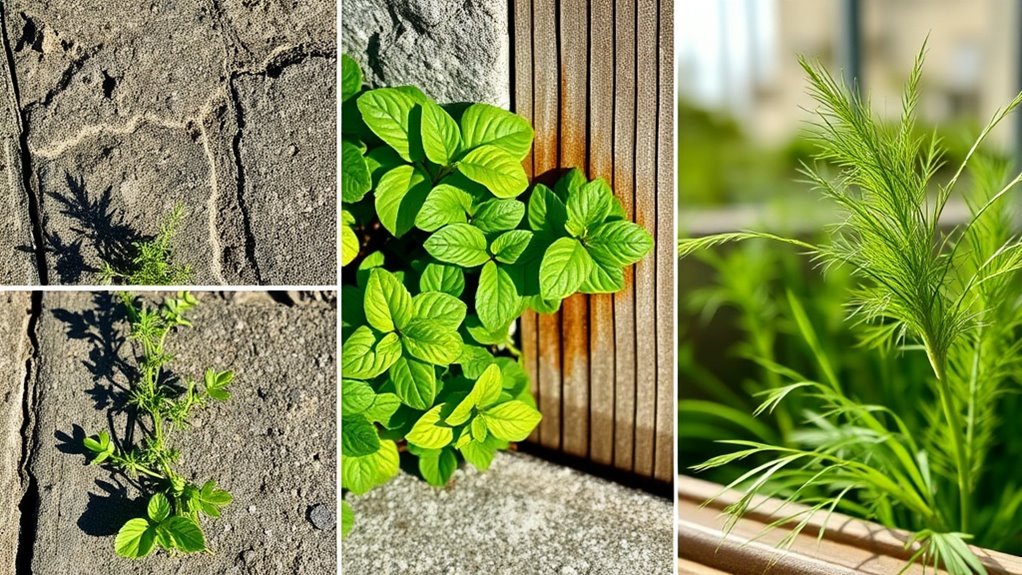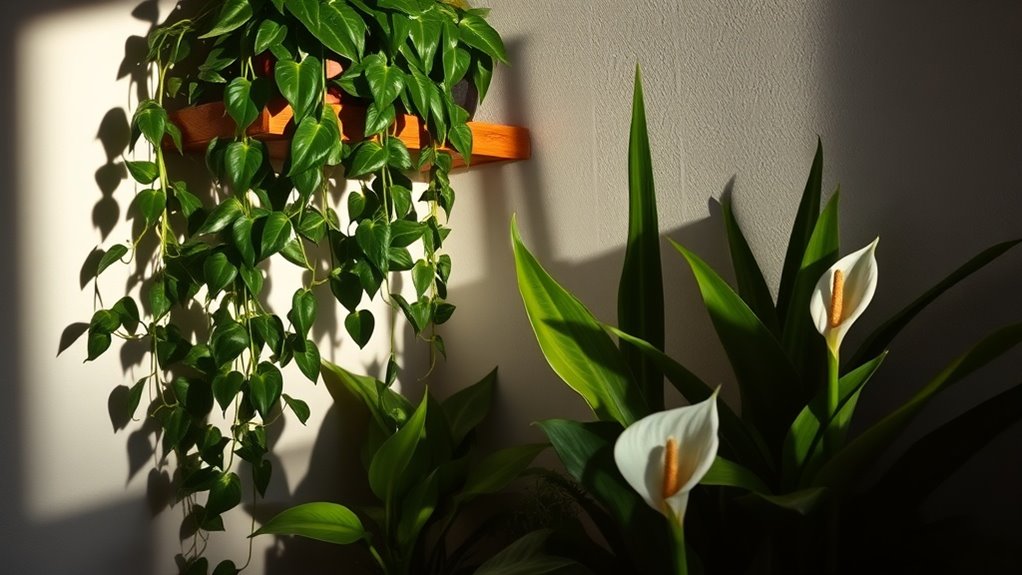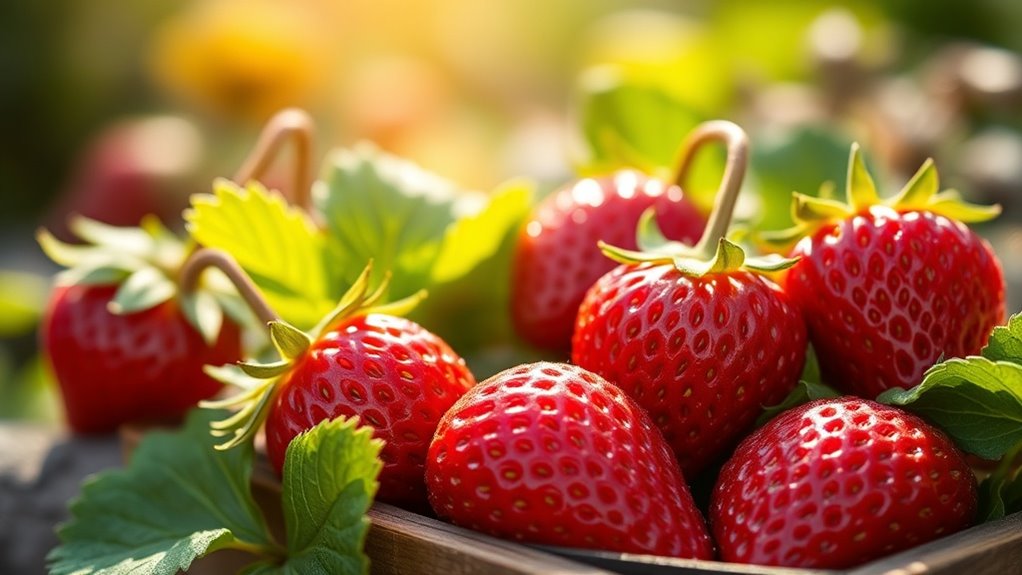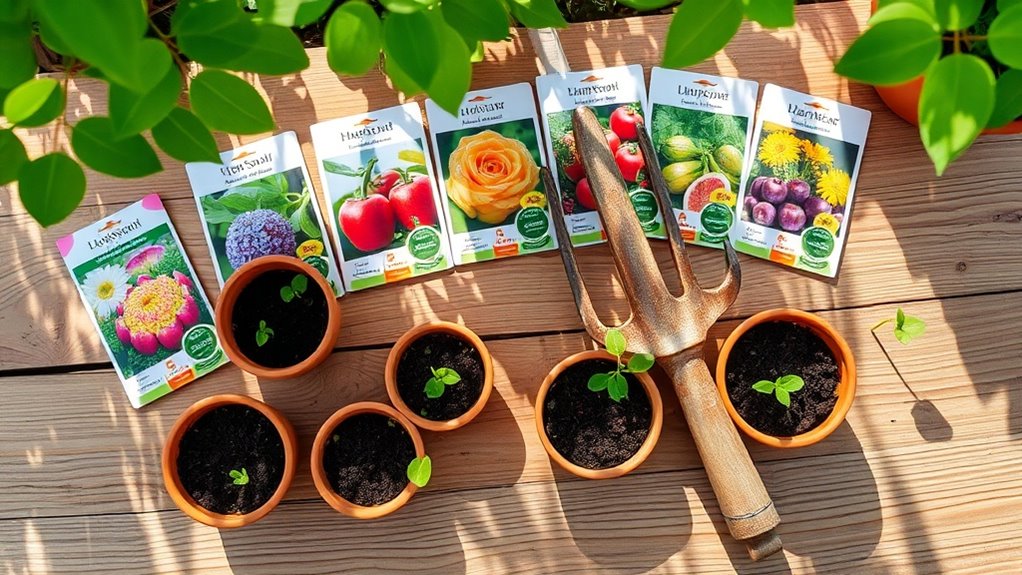Spring Planting Checklist for a Strong Garden Start
As spring approaches, it’s crucial to prepare your garden for a successful planting season. Start by assessing your garden space to ensure it meets the needs of your chosen plants. Choosing the right seeds and preparing your soil are vital steps that can determine your garden’s health. Understanding how to create a planting schedule aligned with frost dates can enhance your success. Let’s explore these essential components for a robust garden setup.
Assessing Your Garden Space
Before you dive into planting, start by assessing your garden space to ensure it meets the needs of your plants.
Check factors like sunlight exposure, soil quality, drainage, and available space. These elements are crucial for successful growth. Assessing your soil health can be done through simple evaluation methods, which will help you optimize conditions for your plants.
A well-prepared foundation is essential, so refer to your spring planting guide for tips on optimizing conditions specific to what you plan to grow.
Choosing the Right Seeds and Plants
Selecting the right seeds and plants is vital for a thriving garden.
Consider your climate, soil type, and available sunlight when choosing. Opt for disease-resistant varieties that suit your gardening level.
Pay attention to the germination time and mature size to ensure compatibility within your space.
Finally, prioritize native species to enhance biodiversity and support local ecosystems in your garden. Additionally, be aware of seasonal planting times to help maximize your garden’s yield throughout the year.
Preparing the Soil for Planting
Once you’ve chosen the right seeds and plants, the next step is to prepare the soil effectively.
Start by testing pH levels and nutrient content. Amend the soil with organic matter, like compost, to improve fertility and structure.
Till the soil to break up compacted areas, ensuring good drainage and aeration.
Finally, level the surface to provide an even planting area for your garden. Additionally, watch for signs of struggling garden soil that could affect plant growth and address them early to ensure a robust garden.
Creating a Planting Schedule
To ensure a successful garden, you’ll want to create a planting schedule that aligns with your local climate and the specific needs of your selected crops.
Start by researching frost dates and optimal planting times for each crop. Organize your planting tasks by weeks, ensuring continuous growth. Additionally, consider incorporating fall planting essentials to improve your garden’s sustainability and health.
Lastly, adjust your schedule as needed based on weather conditions and crop development.
Essential Tools and Supplies
Gathering the right tools and supplies is crucial for successful spring planting.
Ensure you have the following essentials to optimize your gardening experience:
- Quality hand trowel for precise soil manipulation.
- Garden gloves to protect your hands from dirt and injury.
- Soil thermometer to measure soil temperature, ensuring optimal planting conditions.
Having these tools at the ready will set you up for a strong garden start. Additionally, remember to regularly clean your tools to maintain their efficiency and promote plant health.
Maintenance Tips for New Plants
While new plants establish their roots, regular care is essential to promote healthy growth.
Water consistently, ensuring soil remains moist but not waterlogged.
Mulch around the base to retain moisture and suppress weeds.
Monitor for pests, removing them promptly.
Fertilize sparingly, focusing on gradual nutrient release.
Finally, provide adequate light, adjusting placements as needed to optimize photosynthesis for vigorous development. Additionally, consider watering plants during the best times of day to reduce evaporation and enhance absorption.

